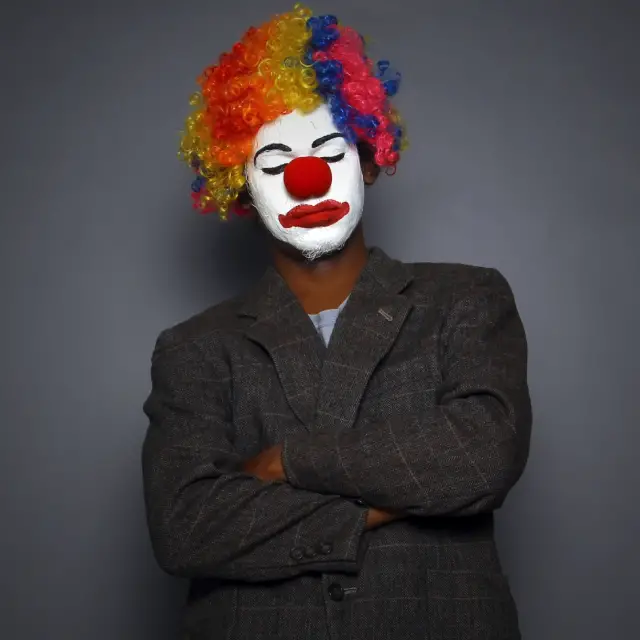Comedy, as an artistic genre, is a form of expression that has accompanied humanity for millennia. From its roots in the religious ceremonies of ancient Greece to stand-up comedy and viral memes on social media, the essential purpose of comedy has been the same: to provoke laughter, reflection, and connection. This article explores the historical development of comedy, its subgenres, its cultural impact, and its role in today's society.
Origin and historical evolution of comedy.
Comedy has its roots in ancient Greece, around the 5th century BC, where it emerged as a form of theatrical entertainment. Aristophanes, known as the father of comedy, is one of the most representative authors of this period. His works mixed political satire, extravagant characters and absurd situations to criticize the power and customs of his time.
In Rome, the playwrights Plautus and Terence adapted the Greek style, simplifying it to make it more accessible to the masses. Their plays introduced elements such as stereotypical characters (the cunning slave, the miserly old man) and plots based on misunderstandings, which would influence the development of Western comedy for centuries.
The Renaissance saw a revival of comic theatre in Europe, with authors such as William Shakespeare and Molière. Shakespeare's comedy, in plays such as A Midsummer Night's Dream , combined wit, romance and entanglement, while Molière used humour to criticise the hypocrisy and excesses of French society in plays such as The Miser . At this stage, comedy began to diversify, exploring themes both trivial and profound.
Subgenres of comedy.
Comedy is a diverse genre that is divided into multiple subgenres, each with its own characteristics:
- Satirical comedy : Criticizes institutions, customs or public figures using sarcasm, irony and black humor.
- Romantic comedy : Explores love and relationships through humorous and tender situations. It is especially popular in contemporary cinema.
- Sitcom : It is based on misunderstandings, unlikely coincidences and unexpected twists that cause confusion and laughter.
- Sitcoms : Presents stories related to everyday life, often in a family or work context. Iconic examples include Friends and The Office.
- Physical comedy : Uses the body and facial expressions as the main tools of humor. Charlie Chaplin and Buster Keaton are classic exponents of this style.
Each subgenre reflects the needs and tastes of its audience at a specific time, highlighting the versatility of the genre.
Comedy in film and television.
The advent of film and television marked a turning point for comedy. During the silent film era, figures such as Charlie Chaplin, Harold Lloyd, and Buster Keaton dominated the screen with their visual and physical humor. Chaplin, with films such as Modern Times and The Great Dictator , used comedy to address serious issues such as poverty and oppression.
With the advancement of sound and color, cinematic comedy expanded its possibilities. From the rapid-fire dialogue of 1930s screwball comedies to contemporary films like Superbad and Crazy Rich Asians , the genre has constantly evolved to reflect changes in society.
On television, sitcoms have been a mainstay of entertainment for decades. Series like I Love Lucy , Seinfeld , and Parks and Recreation have redefined comedy, adapting to modern sensibilities and exploring new formats.
Humor in the digital age.
The rise of the internet and social media has democratised comedy, allowing anyone to create and share humorous content. Platforms such as YouTube, TikTok and Twitter have given rise to new formats such as memes, short sketches and digital stand-up.
This new era has also expanded the diversity of voices in comedy. Comedians from different cultures, genders and sexual orientations now have unprecedented access to global audiences, challenging stereotypes and tackling taboo subjects with humor.
The cultural impact of comedy.
Comedy doesn't just seek to entertain; it also acts as a mirror for society. Throughout history, it has been used to question social norms, criticize authorities, and address difficult topics in an accessible way. For example, political comedy on shows like The Daily Show or stand-up comedy by comedians like Hannah Gadsby invite audiences to reflect on complex social and political issues.
In addition, humor has a therapeutic impact. Laughter helps reduce stress, improve mood, and foster social connections. In times of crisis, comedy can act as an escape mechanism or a tool to process difficult emotions.
The future of comedy.
As technology advances, the future of comedy looks bright. Virtual reality, artificial intelligence and interactive content offer new ways to tell stories and make people laugh. However, challenges also arise, such as balancing freedom of expression and cultural sensitivity in an increasingly globalised world.
Despite these challenges, comedy will continue to be an essential part of the human experience, adapting to social and technological changes to stay relevant.
Comedy, as an art and a social tool, has come a long way since its humble beginnings in Greek theatres. Its ability to adapt, entertain and provoke thought ensures that it will remain a powerful form of expression in the future. As in the past, it will continue to challenge norms, unite communities and help us find light in the darkest of times.
References:
- Literary Genres: History and evolution of comedy
- Brilliant Culture: Theatrical comedy and its subgenres
- Universal History: The cultural impact of comedy
